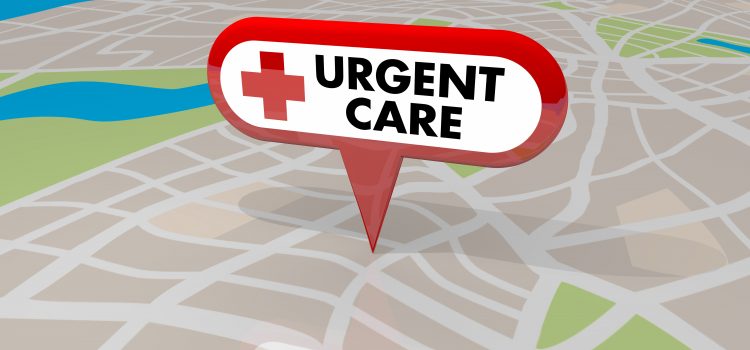Hospitals and health systems are facing significant financial pressures that make it difficult for them to balance their budgets year after year, according to a new economic report from the American Hospital Association (AHA). Even as the pandemic eased in 2023, they dealt with rising expenses stemming from high labor, drug, and supply costs, as well as increasing administrative burdens. Meanwhile, reimbursements from Medicare and Medicaid programs haven’t kept up with the rising costs, and …
Read More









